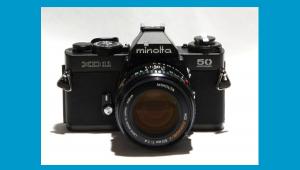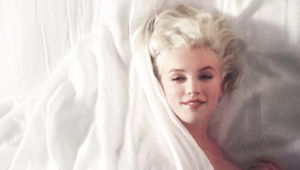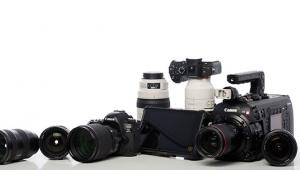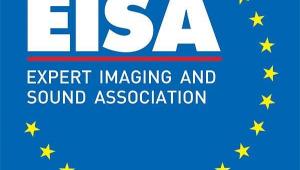Lucien Clergue, One of France’s Foremost Photographers and Founder of the Arles Photo Festival, Dies at 80
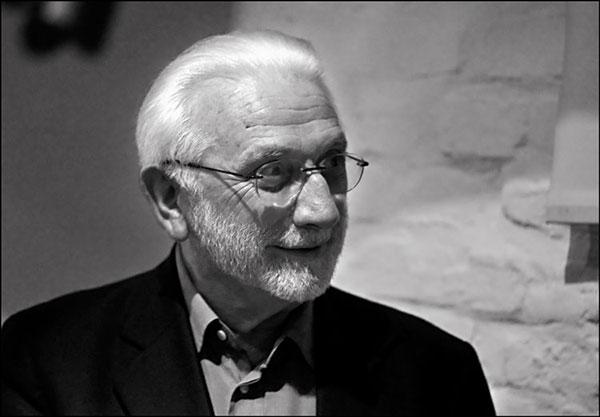
Lucien Clergue, one of France’s foremost photographers, died on November 15th at the age of 80 in his native city of Arles after a long illness. A founder of the Rencontres d’Arles international photography festival, he was called the “Eye of the Midi” for his stunning black-and-white images that captured the sensuality of Mediterranean life in the Midi, a nickname for the South of France.
“Being born in Arles, a city with 4,600 history years behind it makes you different; your roots are quite strong if they start right with the beginning of civilization,” Clergue once said.
But deep roots did little to make Clergue’s early life easy. Born in 1934, his parents separated when he was just six and this was shortly followed by the occupation of Arles by German troops.
Then, like so many other children, his mother sent him to the relative safety of the countryside, alone. Looking back at this turmoil and his stay in the country Clergue could jokingly say that it was a time when, “I learned how to look at nature closely because I broke my glasses.”
At war’s end, he returned to Arles only to find his old neighborhood reduced to rubble and his mother surviving by running a small shop that sold food and fruits to local prostitutes.

Photographing Bullfights
However, amidst the vast destruction, the city’s ancient Roman built amphitheatre was still standing. Then as the city began to heal, the corrida, the bullfights that are central to Arlesian culture resumed.
Clergue was passionate about bullfighting and regularly attended corrida. One day in the early 1950s, he met Pablo Picasso at ringside and they became fast friends. By this time, the teenage Clergue had begun taking photos using borrowed cameras, and one day he showed the artist one of his photographs.
Picasso took the print, examined it closely and then signed it, He returned it to Clergue who said that it became, “not my best but now the most expensive” print.
Clergue began taking more photographs at the corrida, often venturing out onto the dusty arena itself. He would lie flat in the sand and get remarkable low angle views of the bulls and toreros. They astonished and pleased his friend.

“I was trying to make Picasso happy,” Clergue recalled. “[Picasso] had said at the bullring: ‘I want to see more prints.””
Photographing Nudes
While their friendship grew, despite Picasso’s encouragement the young man did not give up his day job at a factory. Then in 1959, Picasso introduced him to the poet and filmmaker Jean Cocteau who hired him to work on one of his movies. Working with Cocteau, Clergue discovered that he relished the freedom and independence freelance work offered.
Shortly after this, a Swiss collector bought a number of his pictures for what was the equivalent of a year’s salary at his factory job and it sealed Clergue’s fate.
It was also in the 1950s that Clergue began shooting his signature images of nudes gleaming in the sun and sea foam of France’s Mediterranean beaches. Shot in black and white they are reminiscent of the images of Edward Weston and Minor White but far more sensual.

Clergue went to NY with these images and showed them to Edward Steichen, who was then the director of the photography department of the Museum of Modern Art. Steichen bought several of Clergue’s images and in 1961 included him in the last exhibition he worked on.

Clergue had photographed the gypsies of the Camargue for many years and he and Picasso spent a lot of time with them. In 1965, acting as the manager for his friend the guitarist Manitas de Plata, he organized a triumphal concert Carnegie Hall that introduced French gypsy music to the world. He and de Plata remained close friends until in a strange twist of fate, de Plata died this month, just a week before Clergue.
Founding the Rencontres d’Arles
Back in 1969, along with the writer Michel Tournier and the historian Jean-Maurice Rouquette, Clergue founded Rencontres d’Arles one of the world’s first photography festivals. Dedicated to presenting the photography of new photographers alongside the work of established masters, it was to be a great success.
A true “rencontre” (a gathering), Arles was best known for the gatherings of photographers outside the exhibition spaces in the warm Provençal evenings at the small cafés that line the town’s ancient streets. Conversations about photography and life, fueled by food and wine, would last well into the early hours of the morning.
Year after year under Clergue’s watchful eye, the Rencontres grew and flourished and became the model for hundreds of other photo events. But now in its 45th year, it’s beginning to show its age.
Photo Festival In Transition
The festival brings over 100,000 visitors to Arles each year and what had once been an opportunity for photographers to meet, and develop professional relationships, has in the words of many in the media, “lost its way.”
This is attributed in part to the festival’s new facilities. In the last few years the staff and the city fathers having decided that the festival had outgrown its had moved it to new and larger facilities outside the city center.

Several old warehouses were renovated and turned into exhibition and workshop spaces, but for many this destroyed the intimacy that was at core of the festival. When it was in the heart of Arles it was easy, for example, for an aspiring photographer to go from café to café showing a portfolio to the stars of photography and agency reps. Conversation flourished and there was a feeling of camaraderie. Now it’s more difficult as everything is spread out around Arles, contributing to a feeling that the very spirit of the festival has been lost.
There are financial problems too. Each visitor adds about $200 a day to the local economy and bad press turns off visitors. It results in significant loss of revenue. And this bad press comes at the worst possible time. Almost half the festival’s budget comes from the French government whose new austerity budget means deep cuts in the funds available for the arts.
Until now, Clergue’s warm personality and his reputation – he was the first photographer elected to the French Academy of Fine Arts – helped to hold the festival together. His death this month makes the future of his beloved Rencontres all the more uncertain.
- Log in or register to post comments


